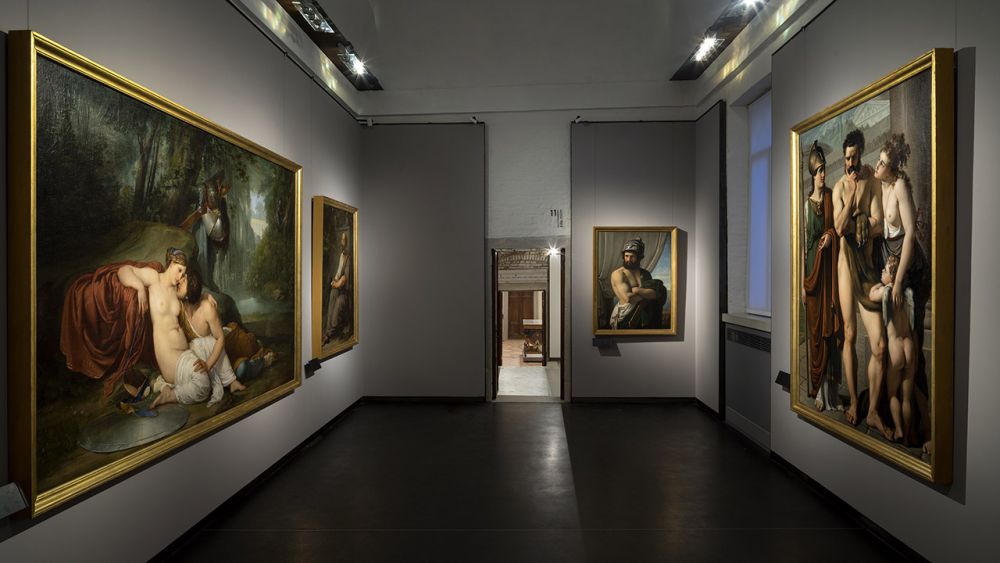

The Gallerie dell'Accademia, situated in the heart of Venice, Italy, is one of the most prestigious art galleries in the world, boasting a rich collection of Venetian paintings from the Byzantine to the Rococo era. Renowned for its impressive assemblage of masterpieces, the gallery stands as a testament to the city's historical significance in the arts.
The Accademia di Belle Arti di Venezia, the Academy of Fine Arts, where the Gallerie dell’Accademia finds its home, was founded in 1750 by the painter Giovanni Battista Piazzetta. Initially, it functioned as an art school and it wasn't until the Napoleonic reforms in the early 19th century that the gallery began housing the extensive collection of artwork it is known for today. The acquisition of such works was spurred by the suppression of religious orders and the closure of many Venetian churches and monasteries during this era. In 1807, under Napoleon's decree, the collection was moved to the present location, which is the former Scuola della Carità. The gallery became a museum and made these works of art available to the public, which marked a pivotal moment in Italy's and indeed Europe's relation to its artistic patrimony.
With a primary focus on Venetian art, the gallery's collection includes pre-19th-century masterpieces by artists such as Titian, Giovanni Bellini, Tintoretto, Paolo Veronese, and Canaletto. These artists played a key role during the Renaissance and Baroque periods, contributing significantly to the history of Western art. The artworks displayed at the Gallerie dell'Accademia offer a glimpse into the opulent and powerful history of the Venetian Republic.
Tourism at the Gallerie dell'Accademia has evolved significantly since its inception. Originally privileged to the elite and scholars, the gallery's visitors now encompass a diverse, international demographic. Tourists from all over the globe come to admire the unique collection, the beautiful architecture, and to gain insight into the rich artistic legacy of Venice. The gallery has long stood as a staple destination for art enthusiasts and general visitors alike, contributing greatly to Venice's status as a hub for cultural tourism.
Technological Integration: In recent years, the Gallerie dell'Accademia has integrated technology to enhance the visitor experience. Digital guides, interactive apps, and virtual reality installations provide guests with a more in-depth understanding of the artworks, all while appealing to a tech-savvy generation.
Focus on Sustainability: As one of the world’s premier tourist destinations, Venice, including the Gallerie dell'Accademia, is experiencing heightened awareness around sustainability. Efforts are being made to protect the city and its treasures from the adverse effects of over-tourism and climate change, ensuring that this iconic gallery remains accessible for future generations.
Inclusivity in Tourism: The gallery has also seen a trend towards creating a more inclusive environment for all visitors, including those with disabilities. Accessibility initiatives include guided tours and programs designed for individuals with various needs to ensure all visitors can engage with the art and history of the Gallerie dell'Accademia.
As Venice continues to navigate the balance between preserving its rich heritage and accommodating the interests of modern tourists, the Gallerie dell'Accademia stands as a beacon of continual allure, celebrating the timeless beauty of Venetian art and its enduring influence on the world.